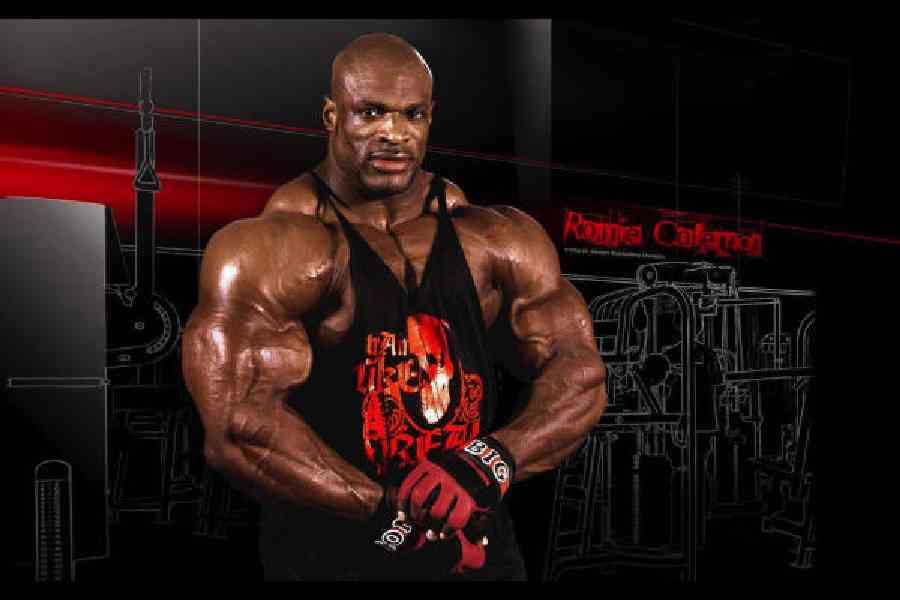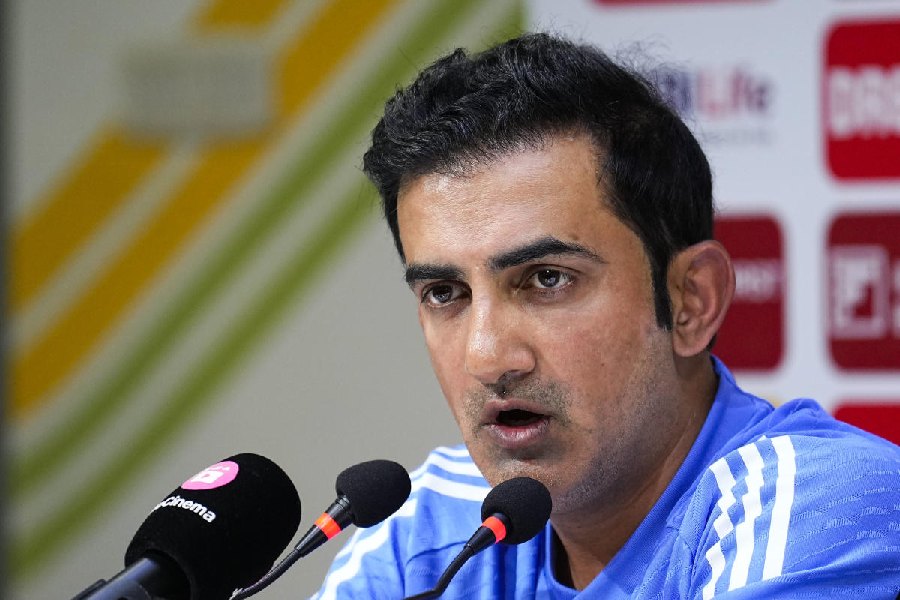As a mental mastery performance and high-performance coach, I have had the opportunity to closely observe athletes from different disciplines, ranging from bodybuilders to powerlifters. It’s common knowledge that as athletes get older, their bodies experience noticeable changes. Nevertheless, numerous individuals persist in their training routines without considering the impact on their bodies, resulting in persistent injuries, particularly in the knees and back. The article offers valuable insights and practical tips for individuals looking to train safely and effectively as they get older.
The issue with ‘training as if you’re still in your prime’
A common mistake I notice among ageing athletes is their reluctance to adjust their training routine to accommodate their evolving bodies. There are various ways in which this often becomes apparent:
1. Older athletes frequently overlook the importance of mobility and warm-ups, resulting in insufficient preparation of their muscles and joints for intense physical activity.
2. Lifting heavy weights without sufficient warm-up sets or mobility exercises can put excessive strain on the joints, especially the knees and back.
3. Disregarding pain: Many individuals use pain-relief creams such as Iodex or Volini to temporarily alleviate discomfort instead of addressing the root causes.
Real-life examples of ageing athletes
There are many instances of athletes who maintained peak physical condition during their prime but failed to adapt their training as they entered their 40s and 50s. They adhered to similar exercise regimens as younger bodybuilders, frequently resulting in long-term injuries. An excellent illustration is the iconic bodybuilder Ronnie Coleman, who, despite his remarkable career, experienced significant injuries and underwent surgeries as a result of his relentless training approach.
Gaining insight into the transformation of your body
As we get older, our bodies undergo various physiological changes that can impact our training:
l Muscle mass and strength tend to decrease as we age. This process, known as sarcopenia, can start as early as the 30s.
l Decreased joint flexibility: Joints may become less flexible over time, potentially leading to a higher likelihood of injury due to the wearing of cartilage. As we get older, our bodies may take longer to recover from intense workouts.
With these changes in mind, it is essential to modify your training routine to ensure long-term success and prevent any potential injuries.
Things to avoid
1. Make sure to always prioritise warm-ups and mobility work to prevent muscle stiffness and reduce the risk of injury.
2. Make sure to properly prepare before attempting heavy lifting. It’s important to warm up gradually with progressive sets to avoid straining your joints and muscles.
3. It’s important not to disregard pain by relying solely on topical creams, as they only provide temporary relief. Proper rest and rehabilitation are essential for addressing chronic pain.
4. Be cautious when lifting heavy weights to keep up with younger athletes or your younger self, as this can result in serious injuries.
Tips for safe training as you age
1. Make mobility and flexibility a priority: Make sure to include daily stretching routines to keep your flexibility in check. Yoga and pilates are great for enhancing joint mobility and muscle flexibility. Foam rolling: Utilise foam rollers to alleviate muscle tightness and enhance blood circulation.
2. Prioritise warm-ups: Incorporate dynamic movements such as leg swings, arm circles, and light cardio into your routine to effectively prepare your body for lifting. Gradual warm-up sets: Begin with lighter sets of the exercise you intend to do, gradually adding more weight.
3. Adjust your lifting routine: Prioritise proper form over lifting heavy weights. Choose appropriate weights: Select weights that are suitable for your level of fitness, ensuring they provide a challenge while still allowing you to maintain proper form. Incorporate functional training: Incorporating exercises that mimic everyday movements can help improve strength and stability.
4. Pay attention to your body. Take breaks and give yourself enough time to recover between workouts. Consult a professional: If you’re dealing with ongoing pain, it’s important to seek guidance from a qualified physiotherapist or sports doctor.
5. Utilise supportive gear; knee sleeves and belts: Employ supportive gear to safeguard your joints and back while engaging in strenuous lifts. Choosing the right shoes: Consider investing in high-quality footwear that offers excellent support and cushioning.
6. Supplementation and nutrition: It becomes more important to include supplements like protein, omega-3 fatty acids, and vitamin D in your diet. These supplements can help maintain muscle strength, support joint health, and promote overall well-being. Nutritional balance: Make sure to incorporate a variety of lean proteins, healthy fats, and complex carbohydrates into your diet to provide your body with the necessary fuel and promote recovery. Staying properly hydrated: It’s important to keep yourself properly hydrated in order to support the health of your joints and muscles.
7. Avoide alcohol: Alcohol can hinder the process of protein synthesis and impede muscle recovery. Research indicates that drinking alcohol can cause dehydration, hinder muscle development, and decrease overall athletic performance. Limiting alcohol consumption can greatly improve your recovery and long-term well-being.
Training tips for various age groups
In your 30s: Maintain intensity with caution. You can still train with high intensity, but it’s important to also include exercises that focus on mobility and flexibility. Hone your lifting techniques to safeguard against potential injuries in the future.
In your 40s: Adjust the number of sets and reps to promote improved recovery. Incorporate activities such as swimming, cycling, or rowing to minimise strain on your joints.
For those in their 50s (and beyond): Emphasise exercises that are kind to your joints. Incorporate adequate rest periods between workouts to facilitate optimal healing and rejuvenation of your body. Make sure to incorporate regular physical activity into your routine to support your overall health and fitness.
As a high-performance coach, my aim is to assist athletes in training intelligently and maintaining their physical well-being as they grow older. It’s important to adjust your training routine to accommodate your body’s evolving requirements, give priority to the well-being of your joints, and include appropriate warm-ups and mobility exercises. By following these methods, you can ensure a prolonged and thriving training career.
Anwar Wahhab
is a mental performance mastery coach and a bioprint practitioner. You can reach him at
anwarwahhab.awefitness@gmail.com











